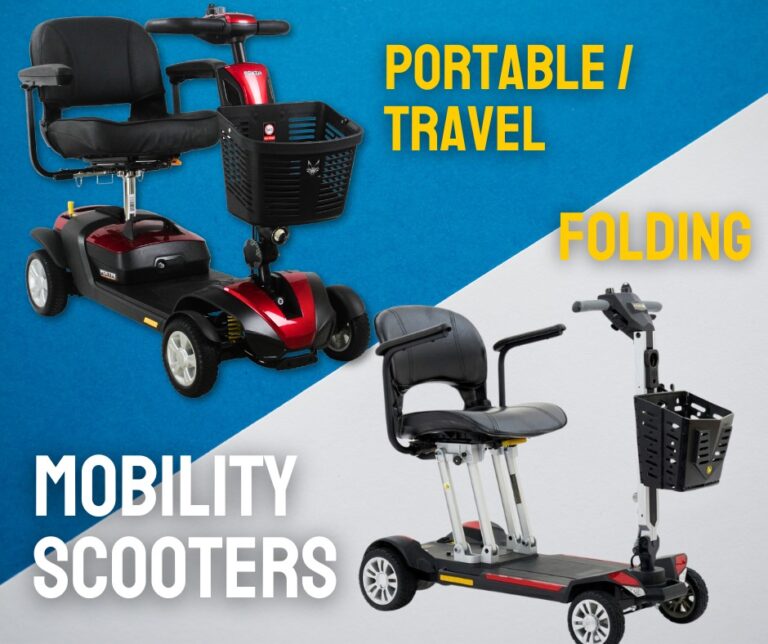
For individuals with mobility challenges, the desire to travel and explore new destinations can sometimes feel out of reach. Advancements

For individuals with mobility challenges, the desire to travel and explore new destinations can sometimes feel out of reach. Advancements

Shopping for holiday gifts for family and friends with physical disabilities can be hard. Luckily, there are many interesting products
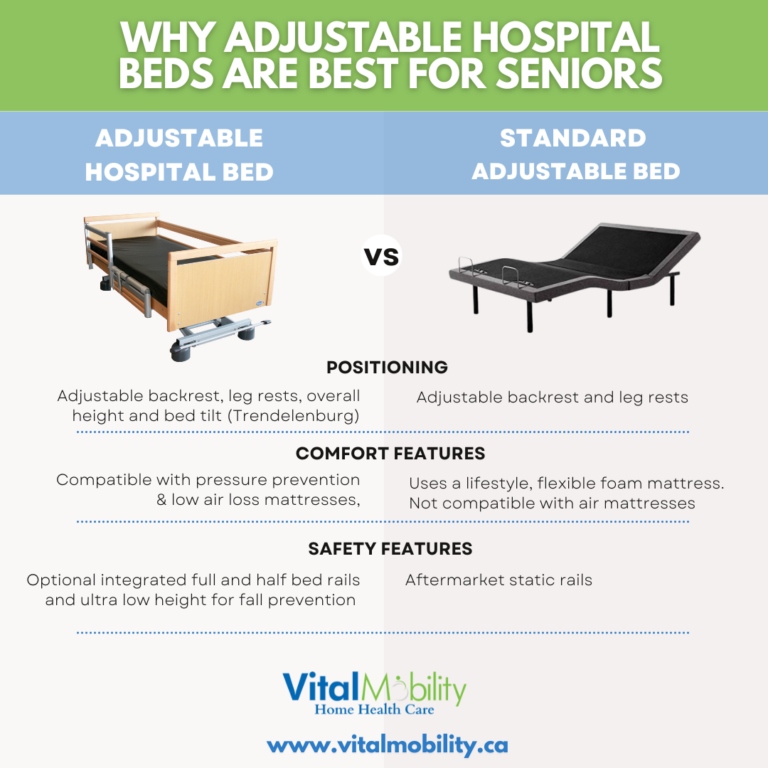
As the population ages, the demand for comfortable and practical solutions for elderly care continues to rise. One crucial aspect

In the world of healthcare, technological advancements have paved the way for more personalized and comfortable treatments. One innovation that
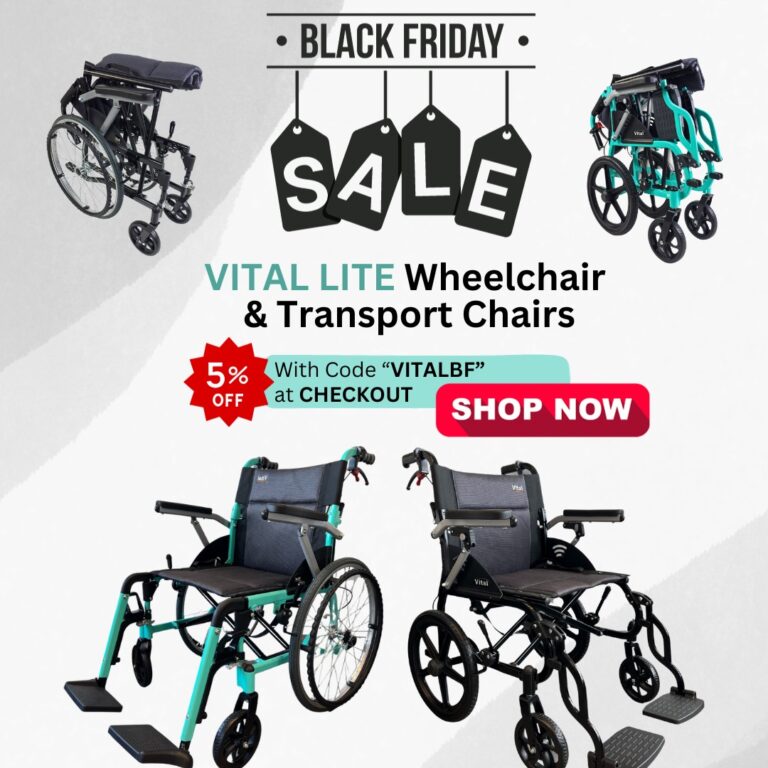
Unbeatable Offers on the Vital Lite Lightweight Wheelchair and Transport Chair – Use Code ‘VITALBF’ for an Extra 5% Off
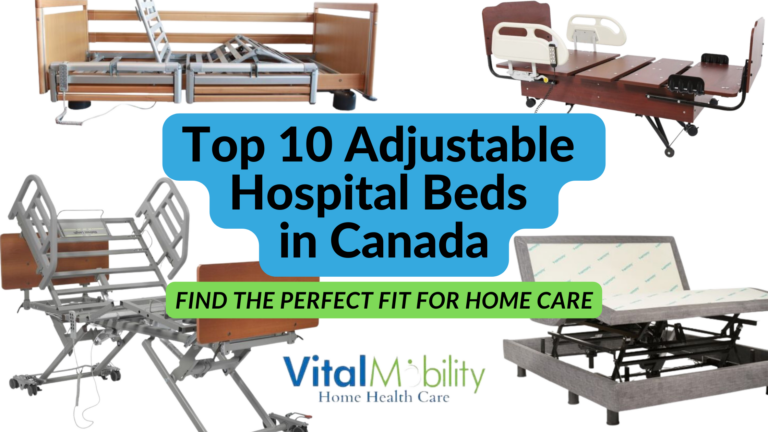
Selecting the ideal hospital bed for home care is crucial for the comfort and well-being of individuals who need it.

Navigating through the golden years with ease, comfort, and independence is a priority for seniors. One way to achieve this
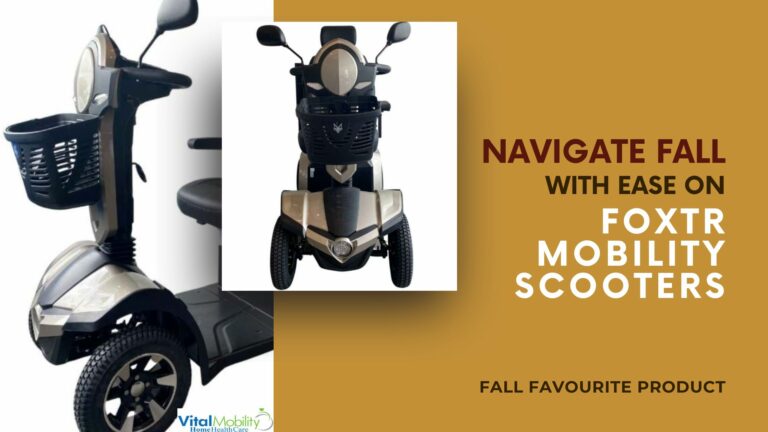
As the leaves begin to change and the crisp autumn air settles in, there’s no better way to embrace the
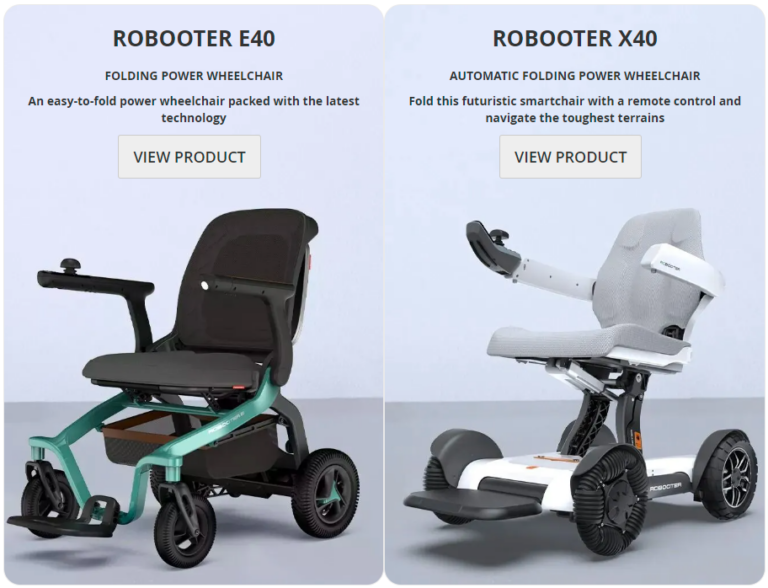
Toronto, Canada – Vital Mobility Medical Supplies, the nation’s leading independent mobility equipment supplier, is excited to announce the much-awaited
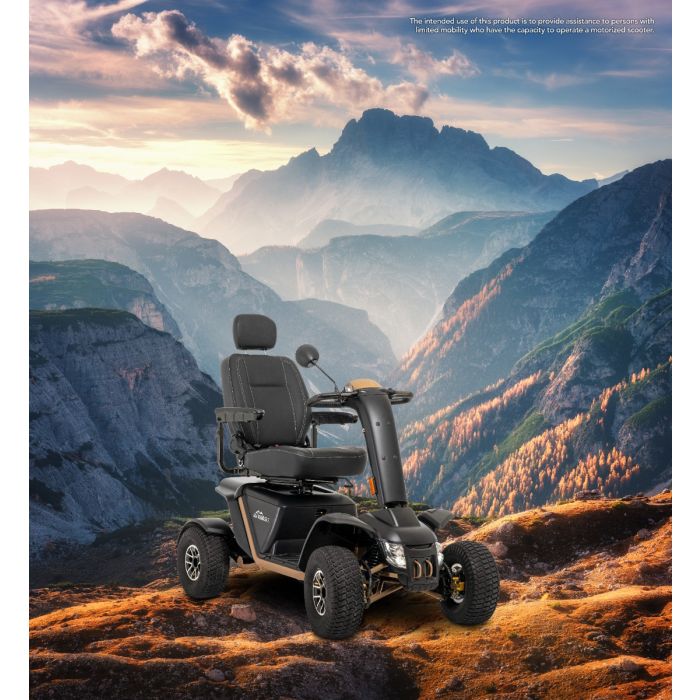
Feel the wind in your hair and the freedom on the open sidewalk. Mobility scooters for seniors in Canada are
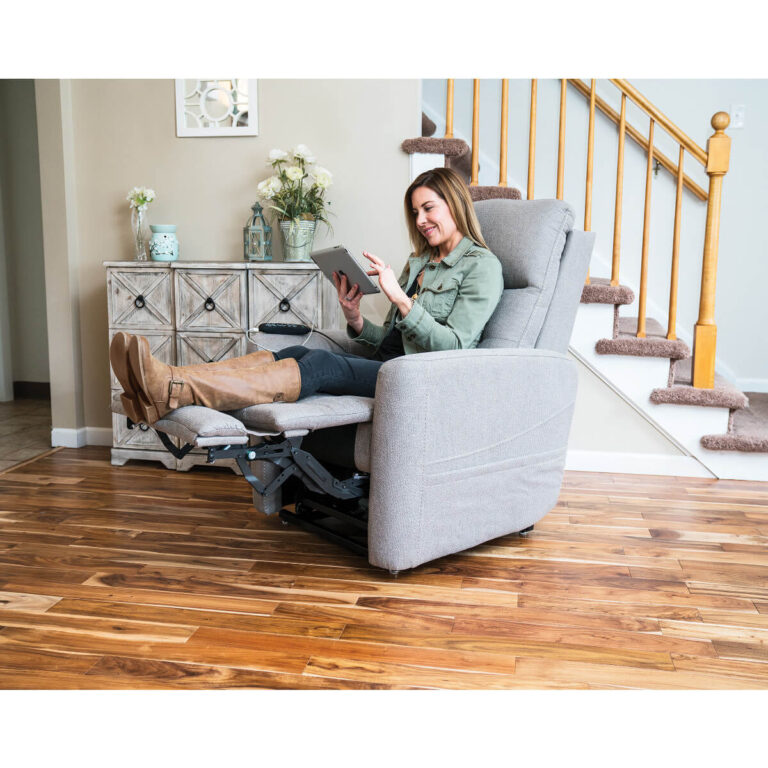
Since lift chair recliners first went on sale in the 1980s, these helpful mobility aids have come a long way.
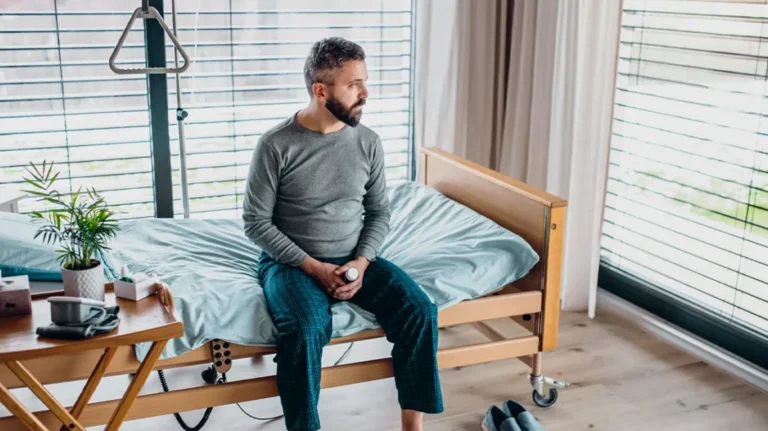
Hospital bed rails are a crucial safety feature for elderly and disabled individuals in Canada. They provide vital support and
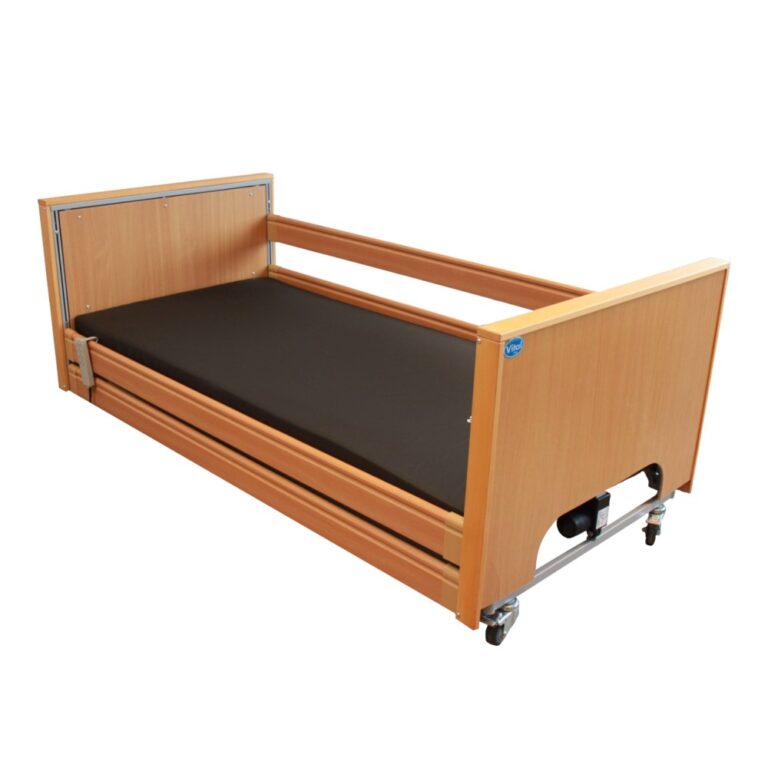
Hospital beds for Dementia and Alzheimer’s patients have a unique set of needs. The unpredictability of those conditions makes it
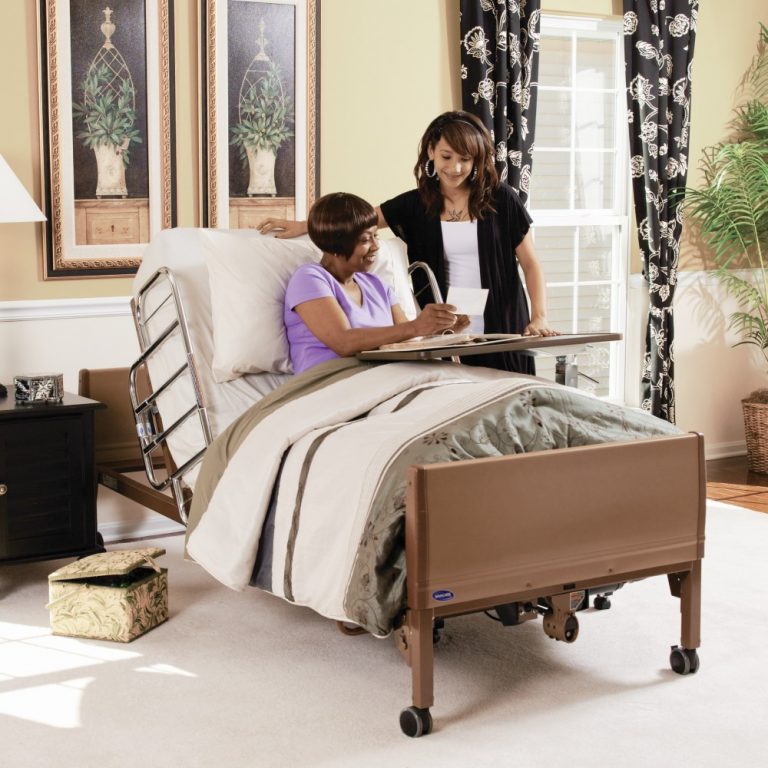
Choosing the right hospital bed for your loved one can be a long and stressful process. At Vital Mobility, we
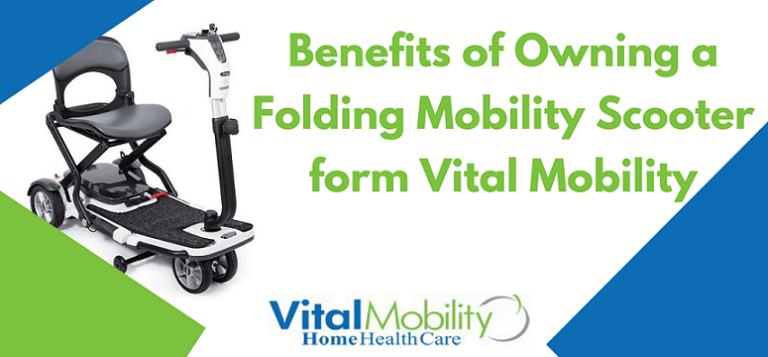
Never in the mobility industry have so many advances been made to enhance the freedom and safety of individuals living
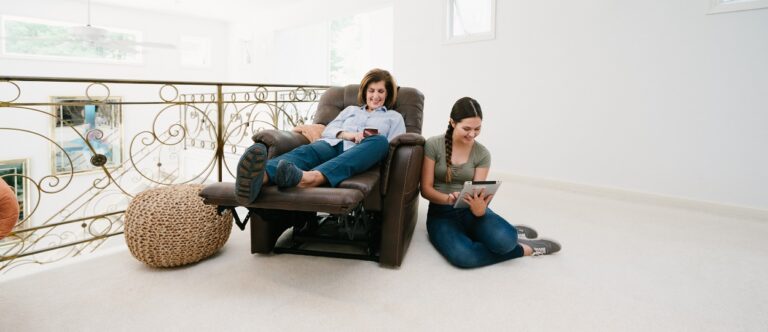
If you have been wondering what the difference between medical lift chairs and recliners from furniture store is, you arrived
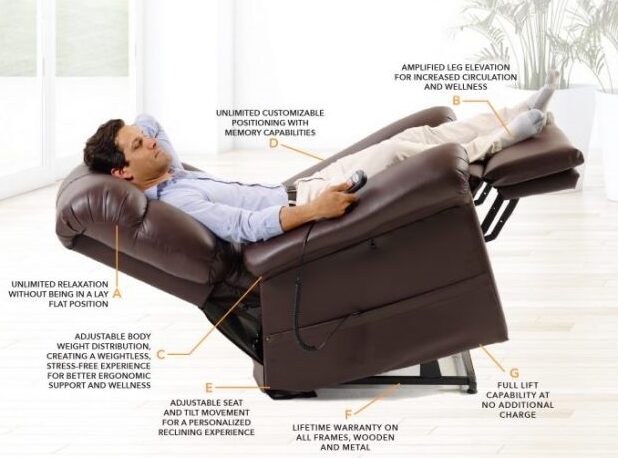
Lift chairs in Canada are built with different features, fabrics and sizes. A normal price range for a quality medical

The notion of bringing a medical lift chair into your home may seem intimidating to some. After all, they are
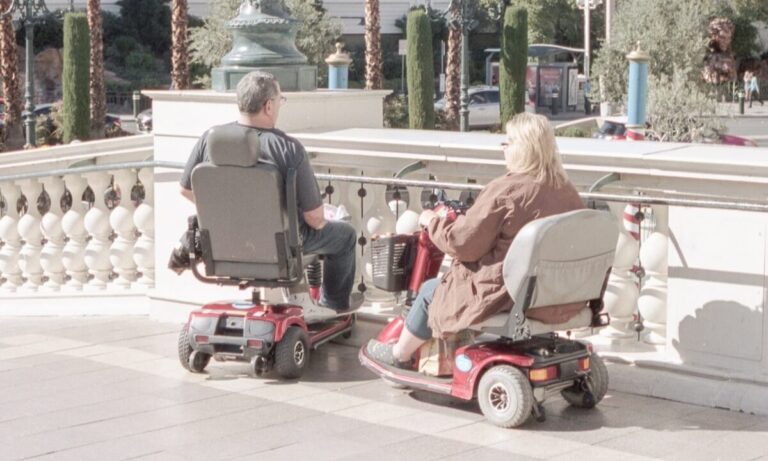
Mobility scooters are a great way to reclaim your freedom and increase your mobility. However, with the great variety of
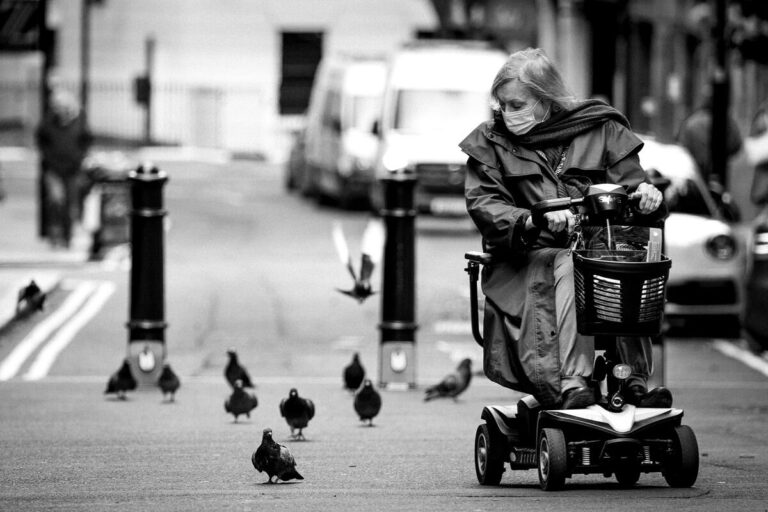
There’s nothing like the feeling of warm, summer air on your face! And what better way to enjoy it than
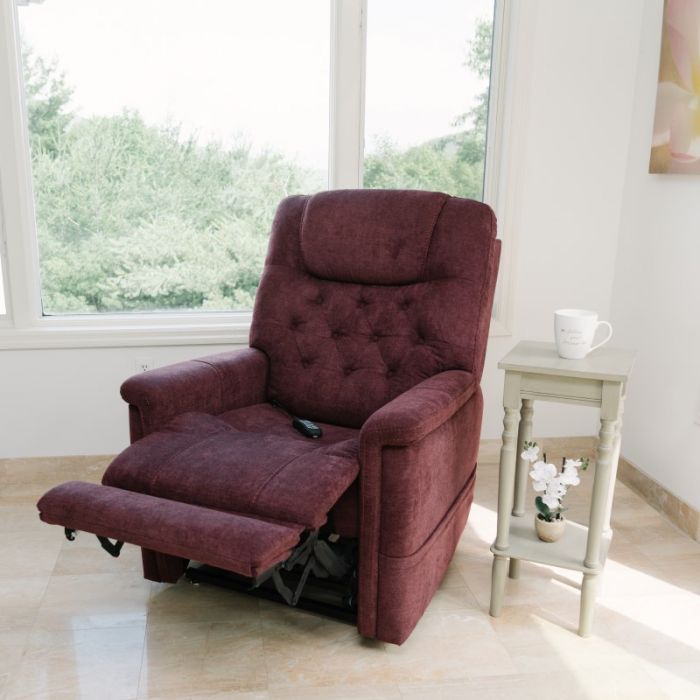
Buying a lift chair is a big decision with the potential to enhance your everyday life and mobility – or
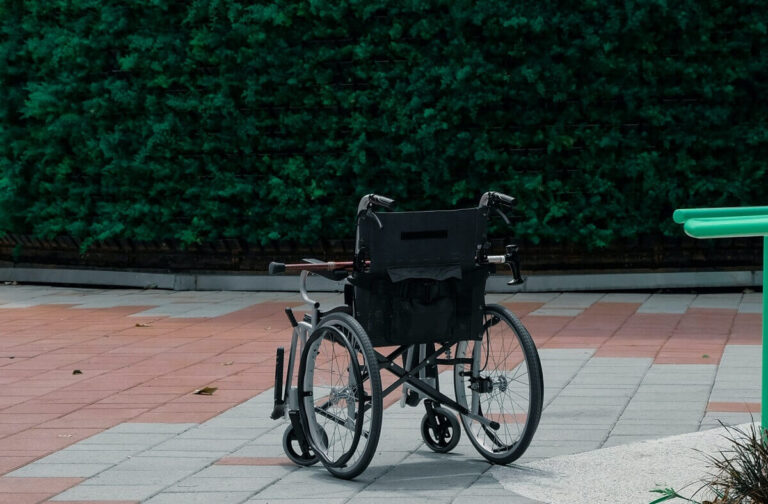
A wheelchair is a vital tool for the mobility of mobility-impaired individuals. It is like an extended organ of the

During the winter season– and especially for elderly individuals and people who live with limited mobility– it is easy to

Last Updated: Jan 22, 2024 Winter presents unique challenges for mobility scooter users. From icy pathways to cold temperatures, these

Email: info@vitalmobility.ca
Fax: 647-260-0590
North York/Toronto Store
Phone: (416) 901-3509
Address: 3537 Bathurst Street, North York, ON M6A 2C7
Concord/Vaughan Store (Head Office)
Phone: (905) 532-9494
Address: 130 Bass Pro Mills Drive #62, Concord, ON L4K 5X2
© Copyrighted in 2024, All rights reserved to VITAL MOBILITY MEDICAL SUPPLIES INC.